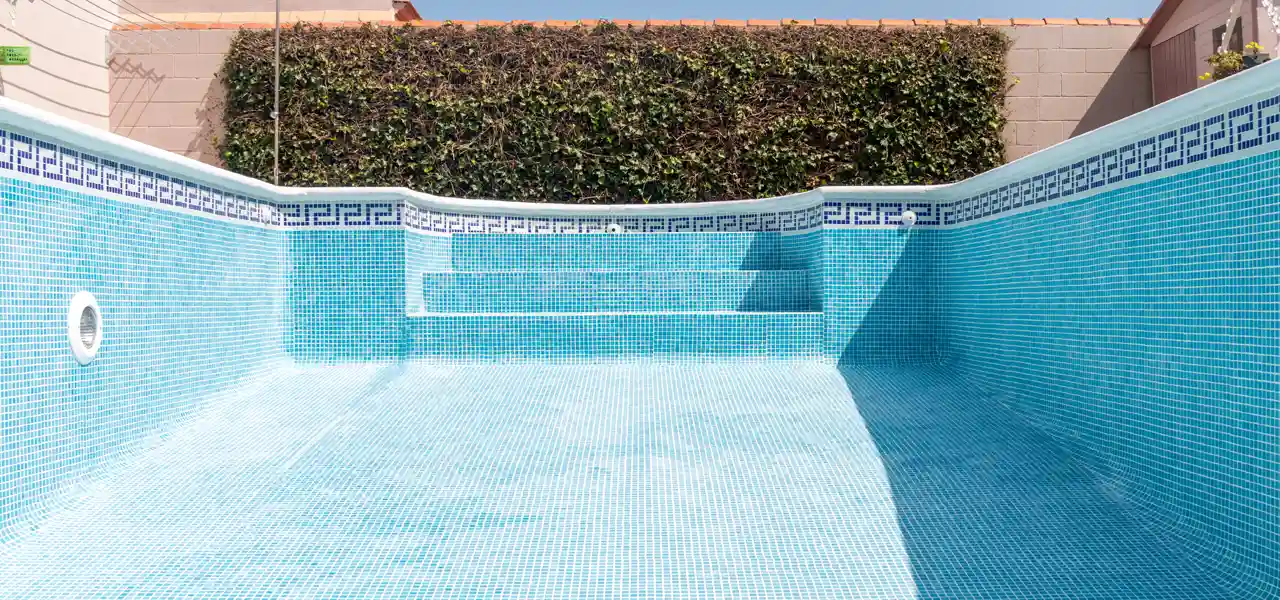FREE Standard Shipping On All Orders $100 or More!*

When is the Best Time of Year to Drain and Refill a Pool?
Routine maintenance is an essential part of keeping your pool clean, safe, and enjoyable. While regular testing and balancing is key to maintaining pool water health, there are instances when no amount of chemicals can help. When this happens, draining and refilling the pool is the only option. However, it's important to understand the best time to drain and refill a pool to minimize the risk of damage and costly repairs. Keep reading to learn why pool draining may be required, the potential risks involved, and the optimal timing for this task.
To Drain or Not to Drain?
While draining your pool might seem simple enough, it's actually quite risky and can lead to serious damage if done incorrectly. Therefore, it's important to drain and refill your pool correctly, and only when absolutely necessary. Here are the two most common reasons for draining your pool:

Poor Water Quality
One of the primary reasons for draining a pool is to address poor water quality caused by an overabundance of Total Dissolved Solids (TDS), high levels of Cyanuric Acid (CYA), or excessive Calcium Hardness. Over time, TDS levels can increase, making it challenging to maintain proper water balance. When TDS levels exceed 2,500 parts per million (ppm), balancing the water becomes increasingly difficult, necessitating a pool drain and refill.
Similarly, high levels of CYA or Calcium Hardness can impact water chemistry and hinder effective pool maintenance. While partial drains and chemical adjustments can help alleviate these issues, extreme cases require a complete draining.
Maintenance and Repairs

In addition to addressing water quality concerns, you may need to drain your pool for routine maintenance or repairs. Periodically, pool surfaces accumulate stains, scale, or algae growth that cannot be effectively treated without draining the pool. Acid washing, a process that involves applying a diluted acid solution to the pool's surfaces, can effectively remove these stubborn stains. However, the pool has to be empty before you can acid wash.
Furthermore, repairs such as fixing cracks in the walls, resurfacing, or replacing a vinyl liner often call for a complete pool drain. By emptying the pool, technicians can access and repair the underlying issues, ensuring the pool's structural integrity and functionality.
PRO TIP: Looking for a little extra guidance draining your pool? Don't stress! Check out this blog article, How to Drain a Swimming Pool, for a step-by-step guide.

The Best Time to Drain and Refill Your Pool
Typically, the best time to drain a pool is during the spring or fall. Both seasons offer mild temperatures, low risk of storms, and plenty of time to refill the pool before extreme weather sets in. Draining and refilling in spring allows you to refresh the water or make repairs in time for the summer swim season.
In addition to extreme weather, there are two other times to avoid when draining and refilling your pool. The first is right after a heavy rainstorm. After a serious rainstorm, the water table surrounding your pool increases, which puts pressure on your pool. When filled, the water in your pool puts outward pressure on the walls and floor, neutralizing the inward pressure of the water table. But when your pool is empty, the pressure from the elevated water table can cause it to pop right out of the ground. Therefore, it's crucial to drain your pool when the ground is dry.
And second, avoid draining and refilling your pool before your annual water rates are calculated. For most states, this calculation takes place during the first three months of the year.
Draining and refilling your pool is a serious undertaking that comes with quite a few risks. Understanding the reasons for draining a pool, potential risks, and following the step-by-step instructions, you can successfully drain your pool when necessary while minimizing the associated risks.